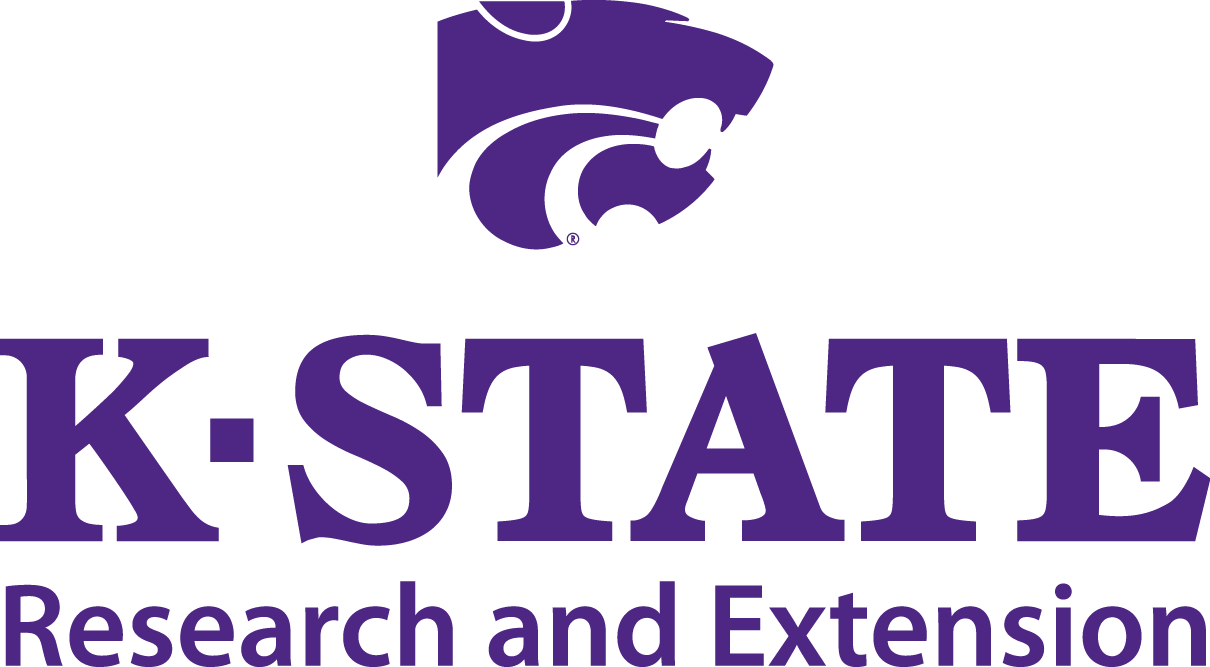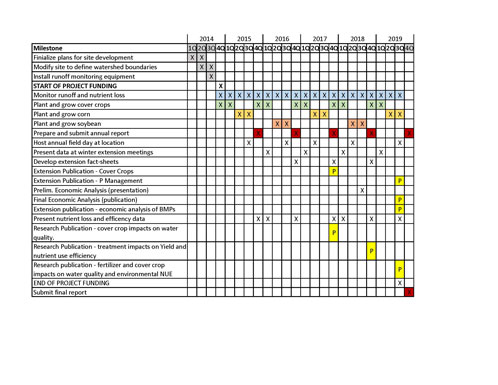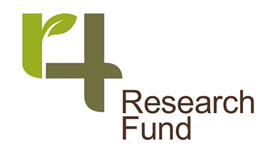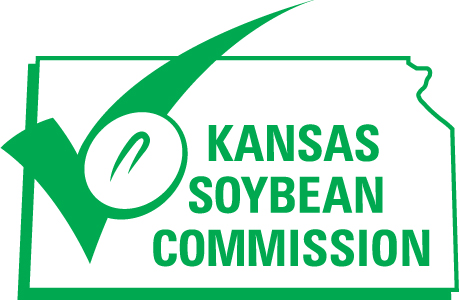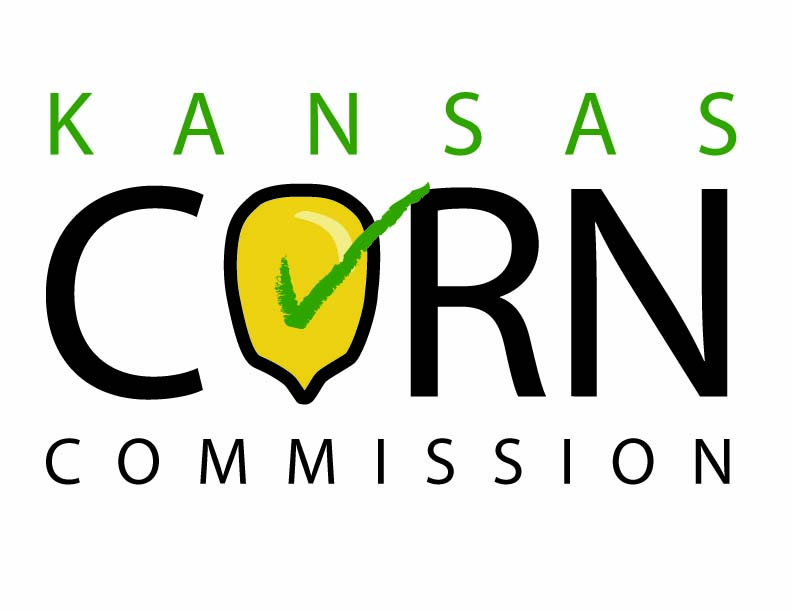Minimizing Phosphorus Loss with 4R Stewardship and Cover Crops
The goal of this project is to protect water quality and maximize nutrient use efficiency while simultaneously providing producers with flexible management options for phosphorus (P) fertilizers. We will attain this goal through integration of the 4R nutrient stewardship with cover crop use in corn‐soybean production systems. The overall objective of this research is to determine how interactions between cover crops and P fertilizer management impact P loss, P use efficiency, crop yield, and net return. The addition of a cover crop and changes in P fertilizer management can also influence N uptake, cycling, and loss. Therefore, the secondary objective of this research is to determine how interactions of cover crop use and P fertilizer management impact N loss and N use efficiency. This research will improve our understanding of how cover crop use impacts the 4R stewardship recommendations for P fertilizer.
Research Objectives:
- Determine the agronomic, environment, and economic impacts of fall surface-applied P fertilizer compared to currently recommended BMP's for P fertilizer and no P fertilizer application in corn soybean rotations.
- Determine the agronomic, environmental, and economic effects of winter cover crops in corn-soybean rotations.
- Determine the interaction of fertilizer management and cover crop use on agronomic, environmental, and economic measures in corn-soybean rotations.
We will accomplish these objectives by measuring the effects of the following treatments on crop yield, runoff, sediment loss, N and P loss, P uptake, P fertilizer use efficiency, N uptake, N fertilizer use efficiency, costs, gross returns, and net returns:
- No P fertilizer applied, no cover crop
- No P fertilizer applied, with cover crop
- Fall broadcast P fertilizer, no cover crop
- Fall broadcast P fertilizer, with cover crop
- Spring injected P fertilizer, no cover crop
- Spring injected P fertilizer, with cover crop
We have selected these treatments as systems representing low‐cost conventional production practices (fall broadcast P fertilizer) contrasted with currently the recommended BMP (spring injected P fertilizer) and a potentially recommended BMP (cover crop use). The control will provide essential information on crop response to P fertilizer and P losses in the absence of P fertilization.
Link to the 4R Research fund project website
Funding Provided By:
